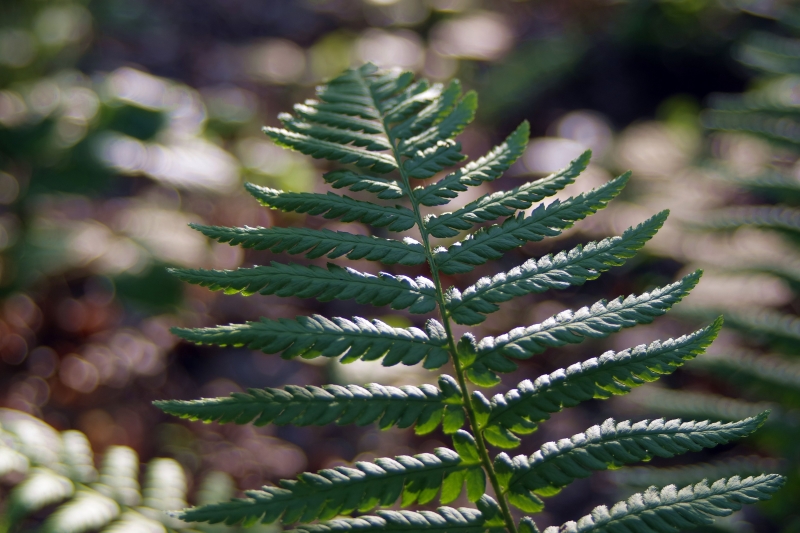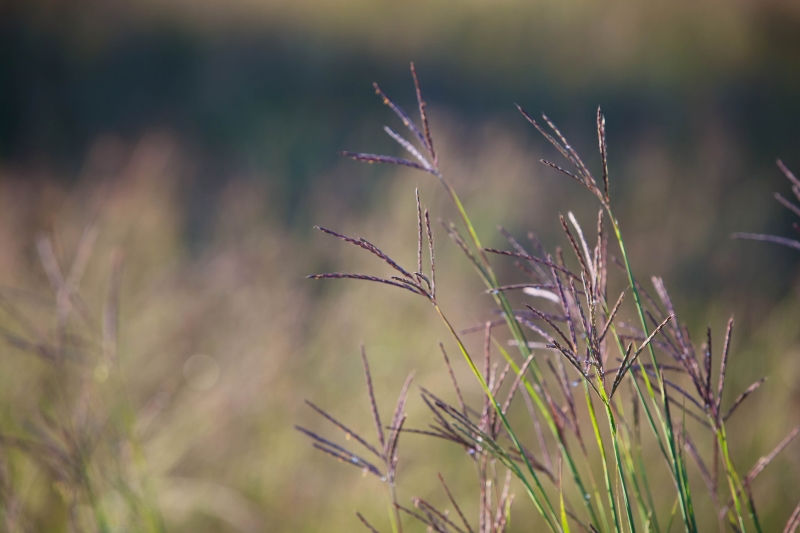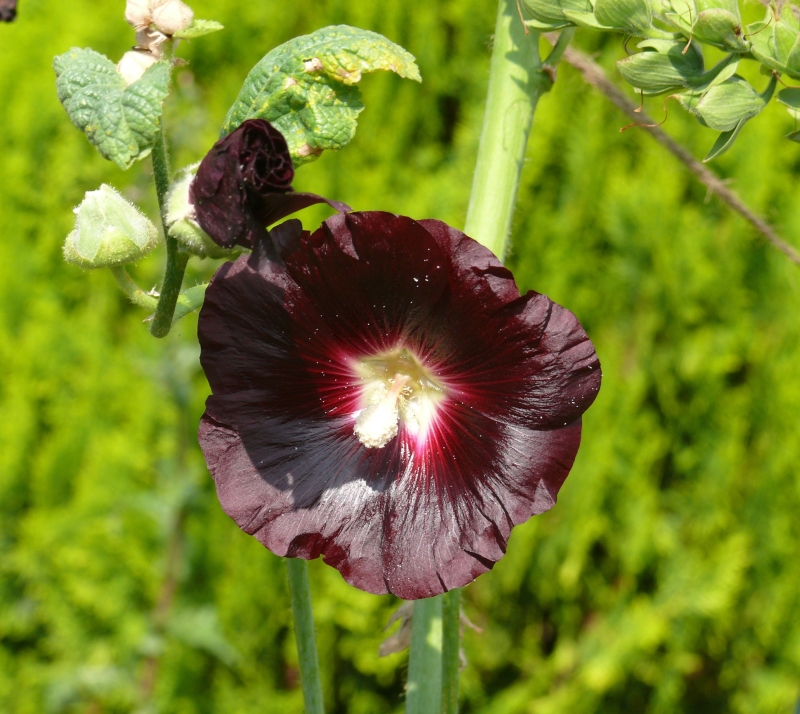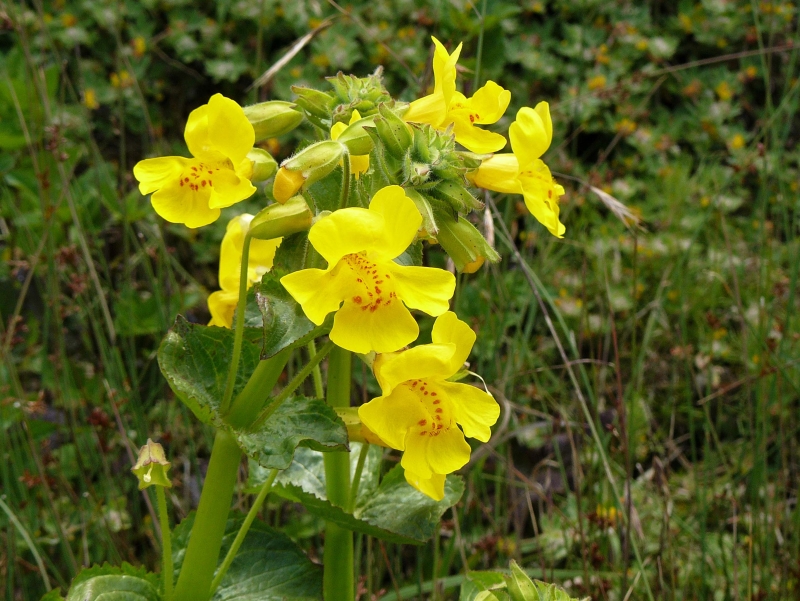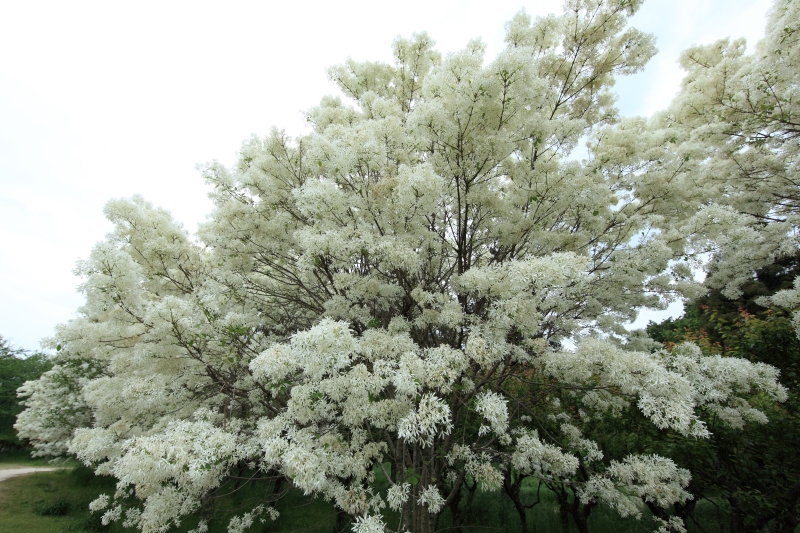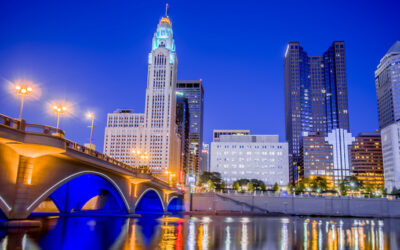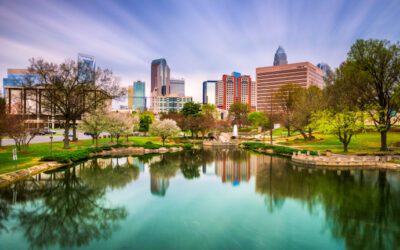When you move to Kansas City, take the time to enjoy the native plants that flourish the landscaping surrounding your new home. Both novice gardeners and landscapers appreciate the ability of native plants to coexist with the environment rather than compete with it.
Native plants are flexible in their need for light and moisture and eco-friendly for their easy maintenance and are also life-sustaining. Attracting bees, butterflies, birds and other wildlife that evolved along with them, dependent on such native plants for food and shelter.
If you want to add some low maintenance plants to your landscaping or just want to be knowledgeable about what floods Kansas City’s nature–here are five beautiful and common native plants you’ll see everywhere.
1. Christmas fern
- Scientific name: Polystichum acrostichoides
- Moisture level: Moist
- Sun light: Shade-partial
- Height: 3 feet
- Width: 2 feet
- Coloring: Dark green
- Leaf type: Evergreen
- Wildlife attraction: Birds and butterflies
Named after it’s thriving season and the leaflets resembling the shape of Christmas stockings, the Christmas fern can be found in a variety of habitats including woodland areas. It’s one of the most common ferns and has long leathery fronds, containing the stocking shaped leaflets. In the spring, the young fronds are coiled into a hook with a silvery cast. During the winter holiday season, the fronds extend and develop into a lavish green.
It grows well in shaded areas and can tolerate some sunlight. Makes for a great addition in your backyard or garden, such as being used as a border plant or along walls. No need to prune this fern, simply removing damaged or brown fronds will keep it nicely shaped.
2. Big bluestem
- Scientific name: Andropogon gerardii
- Moisture level: Moist
- Sun light: Full-partial
- Height: 4 to 8 feet
- Coloring: Blue-green
- Wildlife attraction: Sparrows, songbirds and butterflies
Also referred to as Turkeyfoot, Big bluestem is the star of the Big Four native grass species that cover the prairielands, the others include Indiangrass, switchgrass, and Little bluestem. The foliage of big bluestem provides color through the seasons: gray to blue-green in spring, green with red tinges in summer, and reddish-bronze with lavender tones in autumn.
The grass grows up to a gracefully swaying four to eight feet with the upright stems embellished with purplish finger-like clusters of flowers that resemble turkey feet. Big bluestem takes a while to get established, but once it is, it can be quite aggressive. It needs to be trimmed to the ground in late winter before new shoots appear.
Big bluestem attracts sparrows, finches, and other small birds forage it for seeds in the grass, and the grass hosts over 100 species of butterflies.
3. Purple poppy mallow
- Scientific name: Callirhoe involucrata
- Moisture level: Dry-average
- Sun light: Full-partial
- Height: 8 to 12 inches
- Width: 3 feet
- Coloring: Magenta
- Leaf color: Grey-green
- Wildlife attraction: Nectar bees
The purple poppy mallow spreads along dry rocky grounds covering them with bright chalice-shaped magenta flowers that close in the evening and open in the morning. It’s bloom season peaks in mid-spring, with flowers throughout the summer and sometimes into autumn. Removing old flowers before they set seed prolongs the blooming time. You will often see them in the rocky areas of prairies and fields or along the road.
The nectar in the vibrant flowers attracts native bees and butterflies, particularly the delightful gray hairstreak. They can be displayed in a hanging basket, draping a wall, or winding through a rock garden.
4. Missouri evening primrose
- Scientific name: Oenothera macrocarpa
- Moisture level: Dry
- Sun light: Full
- Height: 8-10″
- Coloring: Yellow
- Wildlife attraction: Hummingbirds
The Missouri evening primrose, a trailing or upright plant, grows up to 10 inches tall with a spectacular display of subtly fragrant, bright yellow flowers. The flowers bloom from spring through summer, opening for one day only from late afternoon to the following morning. The gray-green, lance-shaped foliage is narrow and thick. Similar to the purple poppy mallow, the Missouri evening primrose can often be found in rocky areas of prairies.
Songbirds, hummingbirds, and butterflies flock to the fabulous flowers. The plant is best shown off by being used a live border and in rock gardens or cottage gardens.
5. Fringe tree
- Scientific name: Chionanthus virginicus
- Moisture level: Moist
- Sun light: Partial
- Height: 15-30 feet
- Coloring: White
The fringe tree is named for the airy clusters of fragrant flowers with fringe-like white petals that flutter in the slightest hint of a breeze. Its flowers bloom in late spring and early summer, and the wide spear-shaped leaves change to a bright yellow in autumn. The fringe tree usually grows as a large shrub or small tree, 12 to 20 feet tall, and with multiple trunks.
The blue, grape-like fruit matures in late summer and provides a beautifully colored tree in the fall as well as a feast for birds. Its tolerance for air pollution makes it the perfect choice for urban styled landscapes.
This article was contributed by LawnStarter Kansas City. Images provided by LawnStarter.
